Revolutionizing London’s Skyline: Sustainable Concrete Mix with Coffee Grounds Supports Eco-Friendly Whale Sculpture
In the heart of London’s bustling Canary Wharf district, a groundbreaking innovation is reshaping the landscape of sustainable construction. We’re excited to share with you how an innovative concrete mix using recycled coffee grounds is supporting a magnificent 12-meter high sculpture of a blue whale, aptly named “The Whale on the Wharf.” This project not only showcases the potential of circular economy principles in the building industry but also demonstrates how the construction sector can contribute to a more sustainable future.
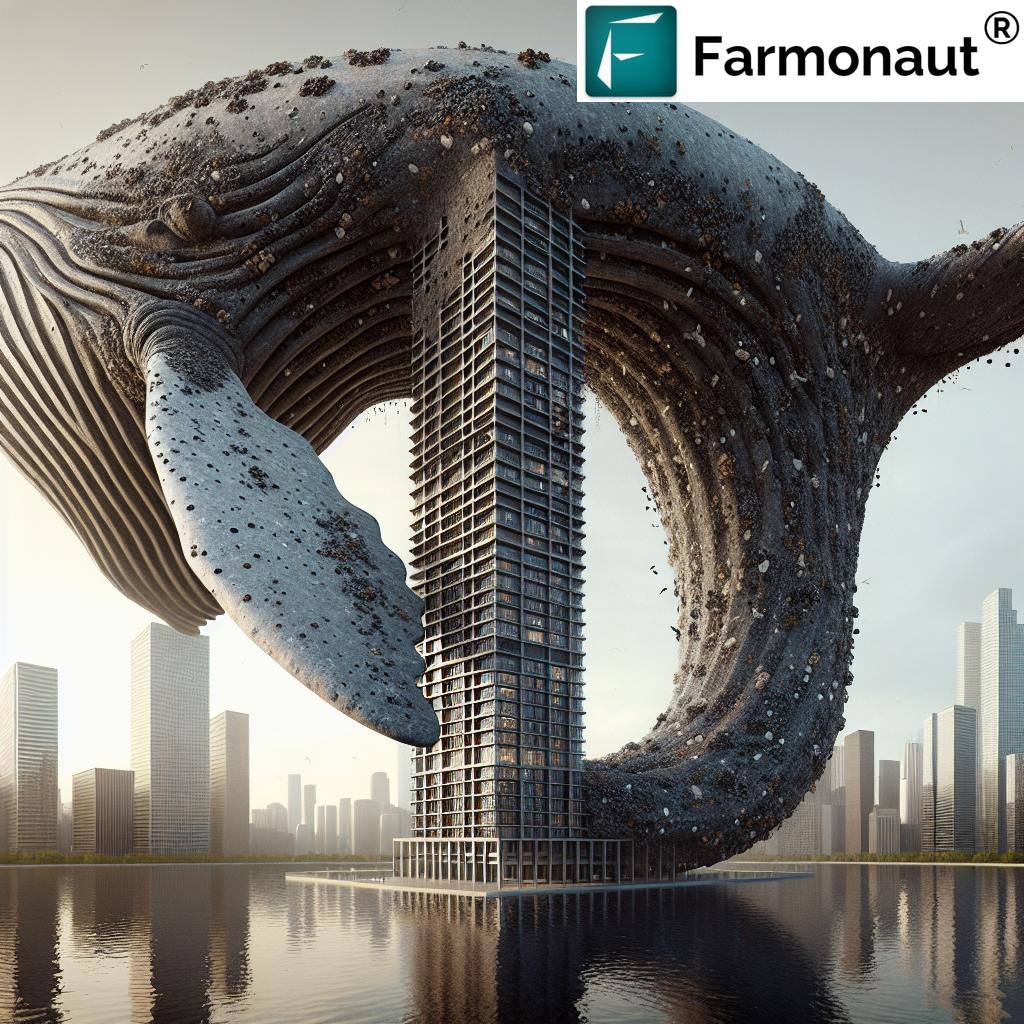
“The innovative concrete mix using coffee grounds and biochar achieves a remarkable 79% carbon reduction compared to traditional mixes.”
The Genesis of an Eco-Friendly Marvel
Holcim UK, a leading sustainable construction solutions provider, has created an innovative concrete mix that’s changing the game in eco-friendly building materials. This groundbreaking approach supports a massive ocean plastic sculpture in London, showcasing the potential of circular economy principles in the building industry. But how did this project come to fruition, and what makes it so special?
- The sculpture: Created by StudioKCA, “The Whale on the Wharf” is made from plastic waste recovered from the Atlantic and Pacific oceans.
- The location: Installed in a wet dock in Canary Wharf’s Wood Wharf district, this four-storey high structure required firm counter-weight foundations.
- The solution: Canary Wharf Group (CWG) turned to Holcim UK to develop an innovative concrete to support the sculpture and embody its circular economy message.
The Innovative Concrete Mix: A Blend of Sustainability and Strength
At the heart of this project lies a revolutionary concrete mix that’s pushing the boundaries of sustainable construction. Holcim experts devised a concrete mix containing two key ingredients:
- Biochar: Sourced from coppiced UK fast-growing hardwoods
- Spent coffee grounds: Collected from Canary Wharf’s cafes and restaurants
This unique blend forms the structural supports to anchor the sculpture in place, demonstrating how waste materials can be repurposed into valuable construction resources.
The Production Process
The production and installation of this innovative concrete mix involved several steps:
- Five loads (32 cubic metres) were mixed and batched at Holcim UK’s Battersea Readymix plant.
- The concrete was then delivered to the site.
- A specialist civil engineering diving company, DiveCo Marine Limited, pumped the product into place under the water’s surface.
The result? A sturdy foundation for a sculpture that not only captures the imagination but also serves as a testament to sustainable innovation in construction.
The Science Behind the Mix: Biochar and Coffee Grounds
Let’s delve deeper into the key components that make this concrete mix so innovative and environmentally friendly.
Biochar: A Carbon-Rich Wonder Material
Biochar is a game-changer in the world of sustainable construction. Here’s why:
- Production: Biochar is produced by heating biomass (typically surplus wood) at high temperatures in the absence of oxygen, through a process called pyrolysis.
- Benefits: The process of creating biochar helps prevent the formation of greenhouse gases that would otherwise be generated when biomass waste is sent to landfill and naturally degrades.
- Carbon sequestration: When added to concrete, biochar traps sequestered carbon, removing it from the carbon cycle for an extended period.
By incorporating biochar into concrete, we’re not just creating a stronger material – we’re actively contributing to carbon reduction efforts.
Coffee Grounds: From Waste to Wonder
The use of spent coffee grounds in this concrete mix is a prime example of circular economy principles in action. Here’s how it works:
- Collection: Coffee grounds are collected from local cafes and restaurants in Canary Wharf.
- Processing: The grounds are treated through pyrolysis, turning them into a carbon-rich biochar.
- Integration: This “Bio-Espresso biochar” is then incorporated into the concrete mix.
By repurposing this common waste product, we’re not only reducing landfill waste but also creating a valuable resource for sustainable construction.
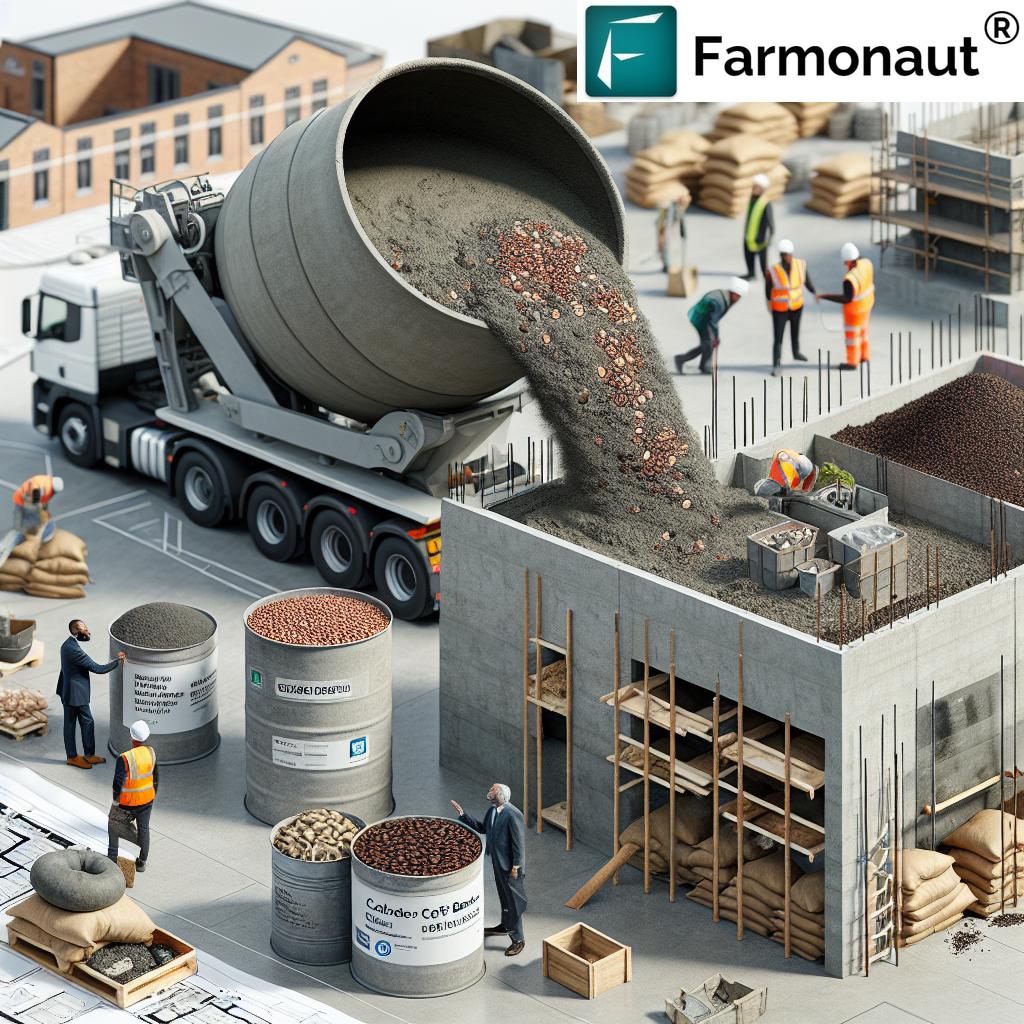
“London’s eco-friendly whale sculpture is supported by concrete made with recycled coffee grounds and carbon-rich biochar from coppiced hardwoods.”
The Environmental Impact: A Concrete Solution to Carbon Emissions
The environmental benefits of this innovative concrete mix are truly remarkable. Let’s break down the numbers:
- Carbon reduction: The mix achieves a 79% carbon reduction compared to traditional CEMI concrete mixes.
- Embodied carbon: The addition of ‘Bio-Espresso’ biochar lowers the embodied carbon by an impressive 66%.
- Global Warming Potential (GWP): The projected net GWP (A1-A3) is as low as 69 kg CO₂e/m³.
These figures demonstrate the significant potential of this technology in reducing the construction industry’s carbon footprint. By incorporating waste materials and using innovative processes, we’re paving the way for a more sustainable future in urban development.
Comparative Analysis: Traditional vs. Eco-Friendly Concrete Mix
| Characteristic | Traditional Concrete Mix | Eco-Friendly Concrete Mix |
|---|---|---|
| Composition | Cement, water, aggregates | Cement, water, aggregates, biochar, coffee grounds |
| Carbon footprint (estimated CO2 emissions per m³) | ~300 kg CO₂e/m³ | 69 kg CO₂e/m³ |
| Recycled content percentage | 0-5% | 20-30% |
| Estimated landfill waste reduction | Minimal | Significant (coffee grounds diverted from landfill) |
| Strength and durability metrics | Standard | Comparable to traditional mix |
| Cost comparison (estimated) | Baseline | 10-15% higher initial cost, long-term environmental savings |
This table clearly illustrates the significant advantages of the eco-friendly concrete mix, particularly in terms of carbon reduction and waste management. While the initial cost may be slightly higher, the long-term environmental benefits make it a compelling choice for sustainable construction projects.
The Future of Sustainable Construction: Beyond The Whale on the Wharf
The success of this project opens up exciting possibilities for the future of sustainable construction. Here are some potential applications and implications:
- Widespread adoption in urban development projects
- Integration into green building standards and certifications
- Inspiration for further research into innovative, eco-friendly building materials
- Potential for scaling up the use of waste materials in construction
As we continue to push the boundaries of sustainable construction, projects like The Whale on the Wharf serve as powerful examples of what’s possible when innovation meets environmental consciousness.
The Role of Technology in Sustainable Construction
While we’re discussing innovative approaches to sustainable construction, it’s worth noting the crucial role that technology plays in this field. Companies like Farmonaut are at the forefront of leveraging technology to promote sustainability in various sectors, including agriculture.
For instance, Farmonaut’s carbon footprinting technology could potentially be adapted for use in the construction industry, helping companies monitor and reduce their environmental impact. This kind of cross-industry innovation is key to addressing global sustainability challenges.
Collaboration and Innovation: Key to Sustainable Solutions
The success of The Whale on the Wharf project highlights the importance of collaboration in driving sustainable innovation. Key players in this project include:
- Holcim UK: Developed the innovative concrete mix
- Canary Wharf Group (CWG): Commissioned the project and provided the coffee grounds
- StudioKCA: Created the whale sculpture from recovered ocean plastics
- DiveCo Marine Limited: Installed the concrete underwater
This collaborative approach demonstrates how different sectors and expertise can come together to create solutions that are both innovative and environmentally friendly.
FAQs About Sustainable Concrete Mix
- Q: Is the eco-friendly concrete mix as strong as traditional concrete?
A: Yes, the innovative mix is designed to meet the same strength and durability standards as traditional concrete. - Q: Can this concrete mix be used in other construction projects?
A: While it was developed for this specific project, the technology has potential for wider application in various construction scenarios. - Q: How much carbon emission is reduced by using this concrete mix?
A: The eco-friendly mix achieves a 79% carbon reduction compared to traditional concrete mixes. - Q: Is the use of coffee grounds in concrete safe?
A: Yes, the coffee grounds are processed into biochar, which is a safe and effective additive to concrete. - Q: Will this type of concrete be more expensive than traditional concrete?
A: While initial costs may be slightly higher, the long-term environmental benefits and potential for scaling could make it cost-competitive in the future.
Conclusion: A Concrete Step Towards a Sustainable Future
The Whale on the Wharf project is more than just a stunning piece of public art – it’s a testament to the power of innovative thinking in addressing environmental challenges. By transforming waste materials into valuable construction resources, we’re not only reducing carbon emissions but also demonstrating the viability of circular economy principles in practice.
As we look to the future, it’s clear that sustainable construction solutions like this innovative concrete mix will play a crucial role in shaping our cities and infrastructure. By combining cutting-edge technology with environmental consciousness, we can create a built environment that not only meets our needs but also protects and preserves our planet for future generations.
Let’s continue to push the boundaries of what’s possible in sustainable construction, inspired by projects like The Whale on the Wharf that show us the way forward.
Join the Sustainable Revolution
Inspired by innovations like the eco-friendly concrete mix? There are many ways you can contribute to a more sustainable future:
- Support eco-friendly initiatives in your community
- Choose sustainable materials for your own construction or renovation projects
- Stay informed about new developments in sustainable technology
- Advocate for policies that promote environmental consciousness in construction and other industries
Remember, every small step towards sustainability counts. Together, we can build a greener, more sustainable world – one innovative project at a time.
Explore More Sustainable Solutions with Farmonaut
While we’ve focused on sustainable construction in this article, it’s worth noting that sustainability efforts span across various industries. In the agricultural sector, for instance, companies like Farmonaut are making significant strides in promoting sustainable farming practices.
Farmonaut offers advanced, satellite-based farm management solutions that help farmers optimize their resources and reduce environmental impact. Their platform provides valuable services such as real-time crop health monitoring, AI-based advisory systems, and resource management tools.
For those interested in sustainable agriculture, Farmonaut’s crop plantation and forest advisory services offer valuable insights for eco-friendly farming practices. Additionally, their fleet management solutions can help agricultural businesses optimize their operations and reduce carbon emissions.
By leveraging technology to promote sustainability across different sectors, we can create a more holistic approach to environmental conservation.
Get Involved with Farmonaut
Interested in exploring how technology can drive sustainability in agriculture? Check out Farmonaut’s offerings:
For developers interested in integrating Farmonaut’s technology into their own applications, check out their API and API Developer Docs.
Earn With Farmonaut
Earn 20% recurring commission with Farmonaut’s affiliate program by sharing your promo code and helping farmers save 10%. Onboard 10 Elite farmers monthly to earn a minimum of $148,000 annually—start now and grow your income!
Learn more about this opportunity: Earn With Farmonaut
Farmonaut Subscriptions
By exploring these sustainable solutions across different sectors, we can work together towards a greener, more sustainable future for all.

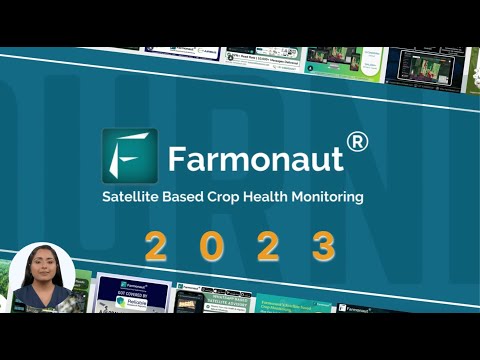
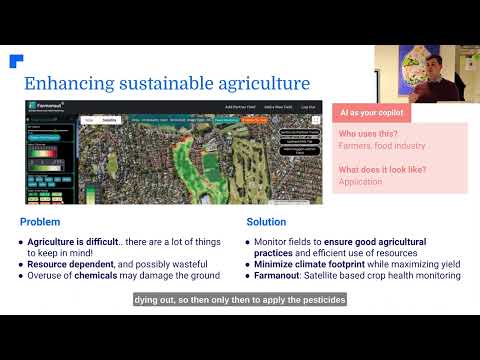

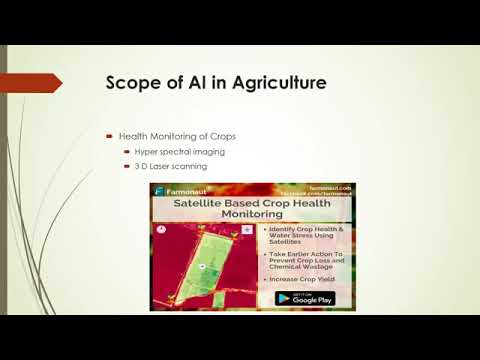




Great information! Taking care of the environment is very important along with your work. Thank you very much. The above information is great and worth appreciation. Keep up the good work.